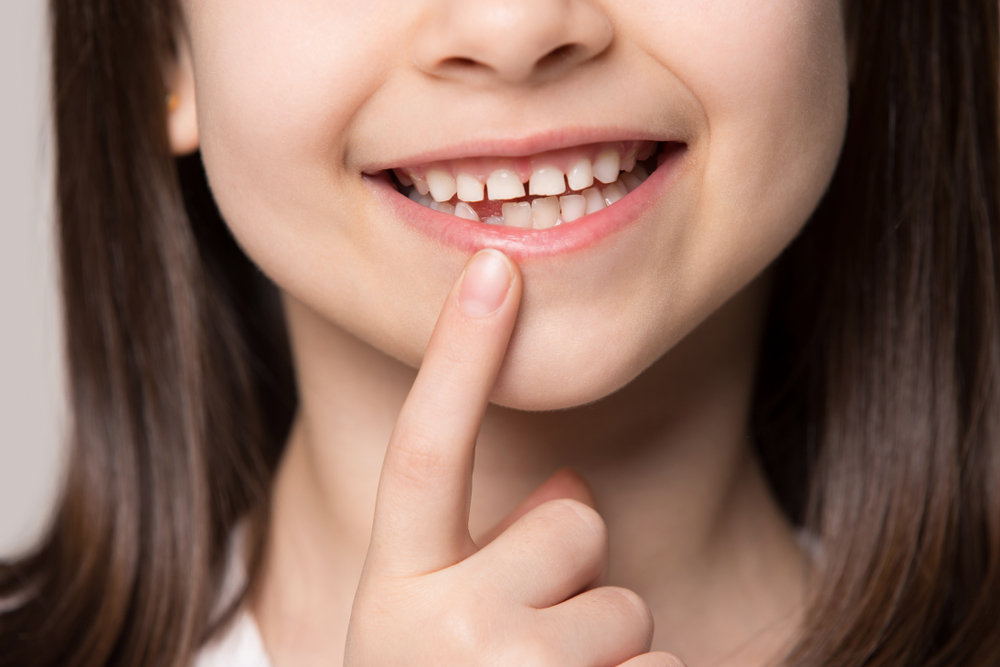Join Sonora Dentist Dr. Justin Liggett in exploring the amazing process of dental development. From baby teeth to permanent teeth, you’ll gain insights and advice that can help you and your family maintain healthy and beautiful smiles for a lifetime.
As parents, we watch our little ones grow and develop to include the growth and development of their teeth. From the first tiny tooth that appears in their mouth to the last adult tooth that emerges in their late teens or early twenties, the journey of dental development is truly amazing.
If you’re curious about this process and want to learn more, Sonora Dentist Dr. Justin Liggett is here to provide a comprehensive guide to dental development, complete with insights and advice that can help you and your family maintain healthy and beautiful smiles for a lifetime.
The First Teeth: Primary Teeth
The process of dental development begins in utero, as the primary teeth, also known as baby teeth, begin to form. These teeth typically start to erupt through the gums at around 6 months of age, though some babies may start teething earlier or later than this.
Primary teeth serve an important role in helping children chew food and speak properly. They also help guide the permanent teeth into their proper positions. For this reason, it’s important to take good care of your child’s primary teeth, even though they will eventually be replaced by adult teeth.
Dr. Liggett recommends starting good oral hygiene habits early by gently cleaning your baby’s gums with a soft cloth or brush before teeth erupt. Once teeth do appear, you can start using a small, soft-bristled toothbrush and a tiny smear of fluoride toothpaste to clean them. It’s also important to avoid giving your child sugary drinks or snacks, particularly at bedtime, as this can contribute to tooth decay.
The Transition: Losing Baby Teeth and Growing Adult Teeth
Around the age of 6 or 7, your child will begin to lose their baby teeth as their permanent teeth start to emerge. This process continues over the next several years, until all 32 permanent teeth have grown in.
As the permanent teeth grow in, it’s important to continue practicing good oral hygiene habits. Dr. Liggett recommends using a pea-sized amount of fluoride toothpaste and a soft-bristled
toothbrush to clean teeth at least twice a day, as well as flossing daily to remove plaque and food particles from between teeth.
In addition to practicing good oral hygiene, it’s also important to monitor your child’s dental development and address any issues as they arise. For example, if your child’s teeth appear crooked or overcrowded, you may want to consider orthodontic treatment to help straighten them.
Adult Teeth: Maintaining Good Oral Health
Once all of the permanent teeth have emerged, the focus shifts to maintaining good oral health to prevent issues like tooth decay and gum disease. This means continuing to brush and floss regularly, as well as visiting the dentist for regular check-ups and cleanings.
Dr. Liggett recommends visiting the dentist at least twice a year for routine cleanings and exams. During these appointments, your dentist can check for signs of tooth decay, gum disease, and other oral health issues. They can also provide guidance on proper brushing and flossing techniques, as well as recommend any additional treatments or procedures that may be necessary to maintain good oral health.


